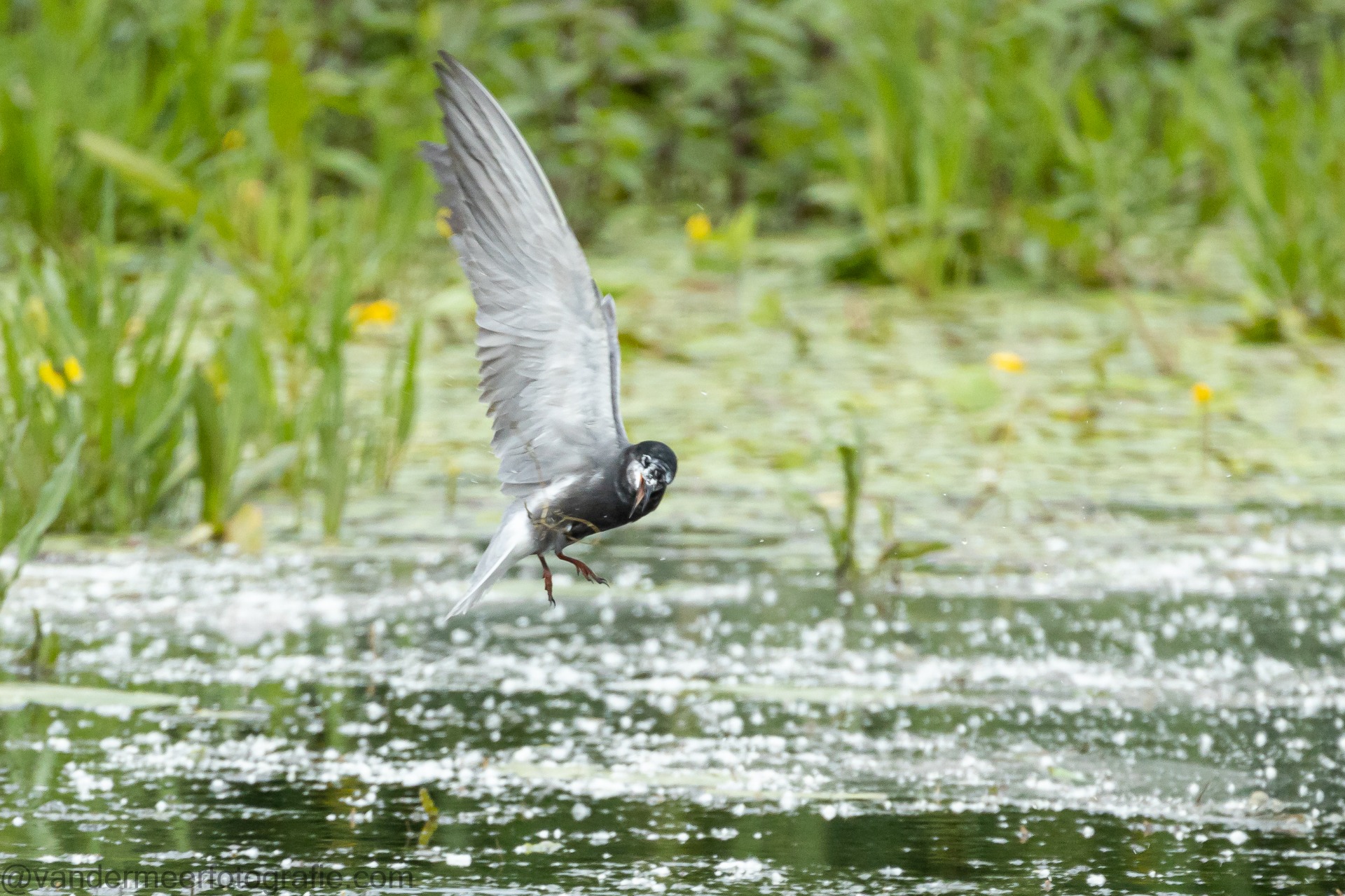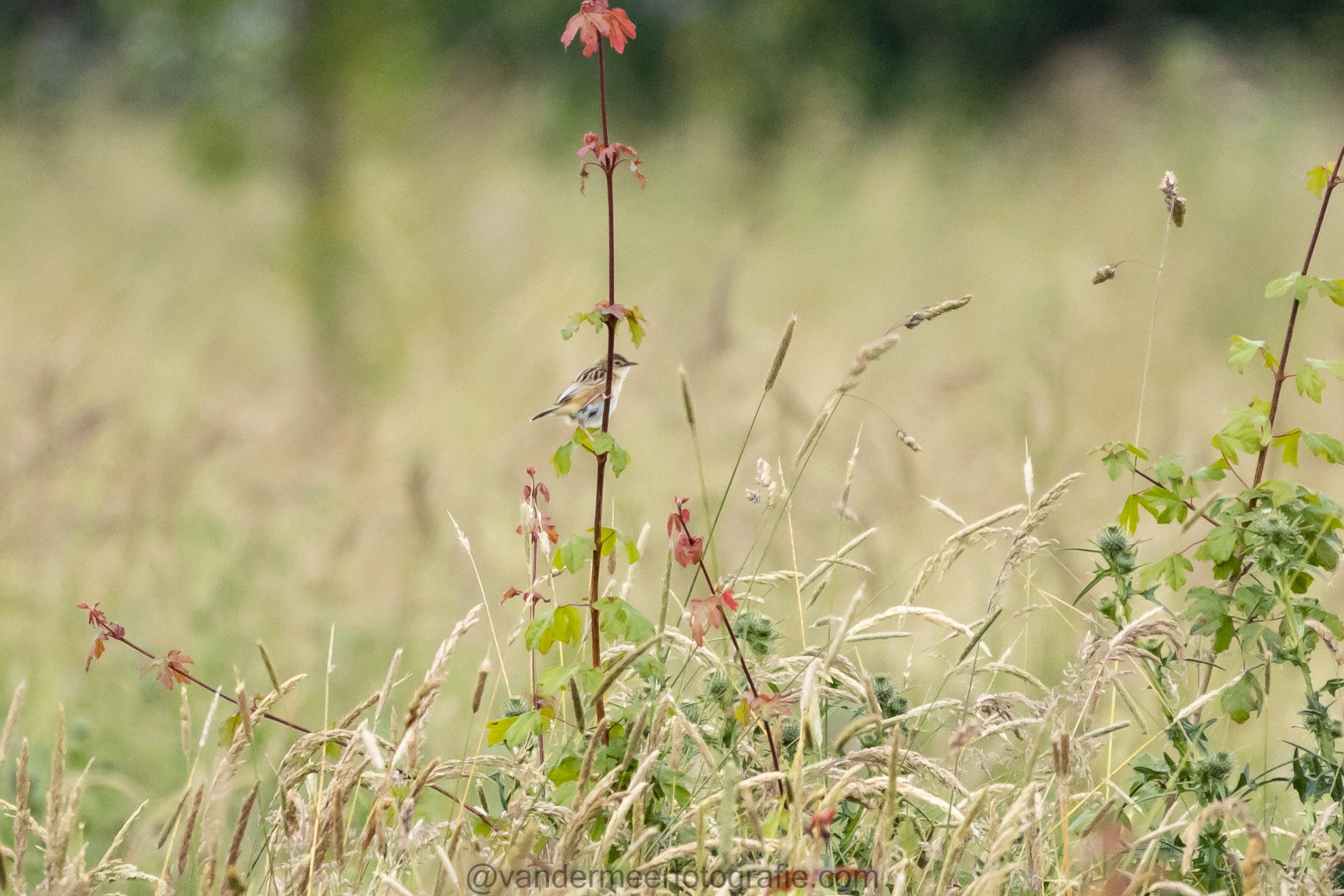THE NETHERLANDS
Travel journey through the Netherlands

Together with my brother, I start in the Netherlands to the far north in the Dollart!
On June 19th, it starts early, and we drive to the national park "De Hoge Veluwe".
The landscapes of the national park are home to a wide variety of plant and animal species.
From the rare mother-of-pearl butterfly to the imposing red deer, from the small moor blue to the low salsify, they all live in the park. The park also provides shelter for dozens of red list species such as the wheatear, wryneck, moor frog, and grass snake. The landscapes are characterized by dry heather, moor heath and wetlands, dry grassland to moor lakes. You can find all the information on the following website: hogeveluwe.nl
I was lucky enough to meet a group of six large red deer stags. You looked curiously into my lens.
Immediately afterwards, we saw a wild boar (a brook) with a piglet. Then it went to look for the Eurasian wryneck. (Jynx torquilla). The Eurasian wryneck is a seldom seen guest, it is more likely that this (woodpecker) is camouflaged so well that it cannot be seen. Most of the population are long-haul fliers. These return to the Sahara and Southeast Asia in winter. In April, the first will move back to Europe to breed. After a few hours of testing my equipment with the Canon R and the lenses RF100-500 and RF800mm including both converters RF1.4 and RF2x and having richer a few hundred pictures and observing the feeding of the young by females and males, we moved us back again. On the way back, we discovered a little owl sitting nicely on a post. Of course, we couldn't miss that.




On June 20th, it was in the "Zouweboezem" and is located near Ameide. The white-winged tern (Chlidonias leucopterus) has been sighted here for a few weeks and is probably also breeding. This species normally only occurs as far as Hungary, otherwise from the Far East to Central Europe. It is an extremely rare occurrence in the Netherlands. The "Zouweboezem" is a small piece of bird sanctuary and houses, among other things, space for the: black tern, bluethroat, reed warbler, various types of ducks, wren to name but a few.
Then we heard about the Blyth's reed warbler (Acrocephalus dumetorum), which is very rare in this latitude. We'll be there soon. And yes. Finally discovered after a long singing. The bush warbler, his distribution area extends from the westernmost extension of the south of Finland and the Baltic States to the east. Found in north-east Poland and all of Belarus. The southern limit of distribution runs from the far north of Ukraine via Russia, Kazakhstan, Turkmenistan, Uzbekistan, Iran and Tajikistan to Nepal, Sri Lanka and Afghanistan. The wintering areas are in India. You can already read that it is really a rare guest.






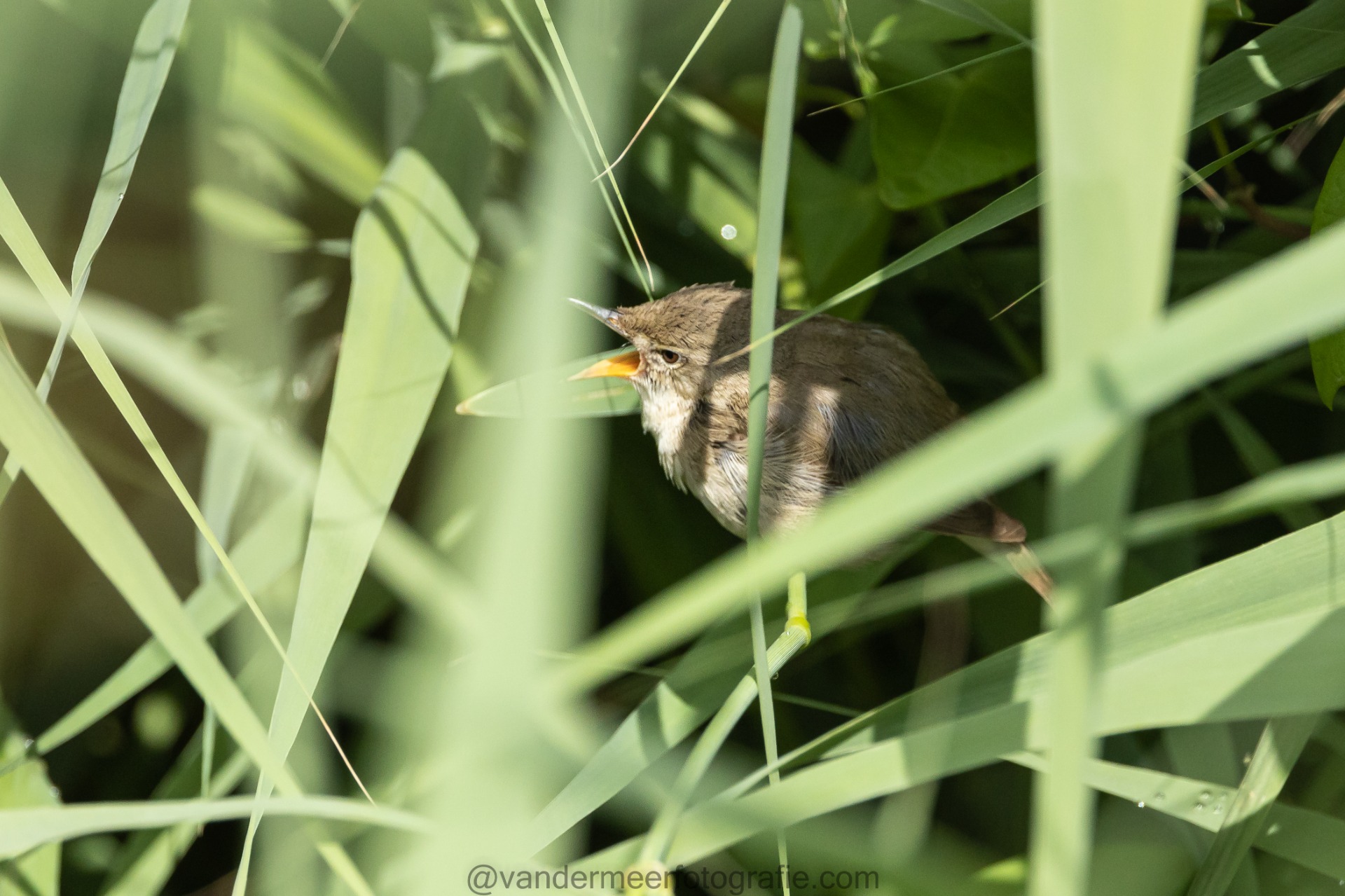

On June 21st we went up north towards Groningen to photograph the Montagu's Harrier (Circus pygargus). However, these were so rare because of the cold, wet weather in spring that most of them returned to the south. I had seen a few single copies, but they weren't in the picture nicely. A couple of Marsh Harriers (Circus aeruginosus) also spotted. We spent the night, each in his camper, at the mini-campsite B&B Kostverloren 11. A campsite for up to 15 guests, actually a bicycle campsite, but very cozy with a very friendly owner. From here we started our further tours for the next two days. Among other things, we were at the Dollard. The border to Germany on the Ems. Here I observed the barnacle goose or barnacle goose (Branta leucopsis), oystercatchers (Haematopus ostralegus) and the great spotted woodpecker (Dendrocopos major) feeding.


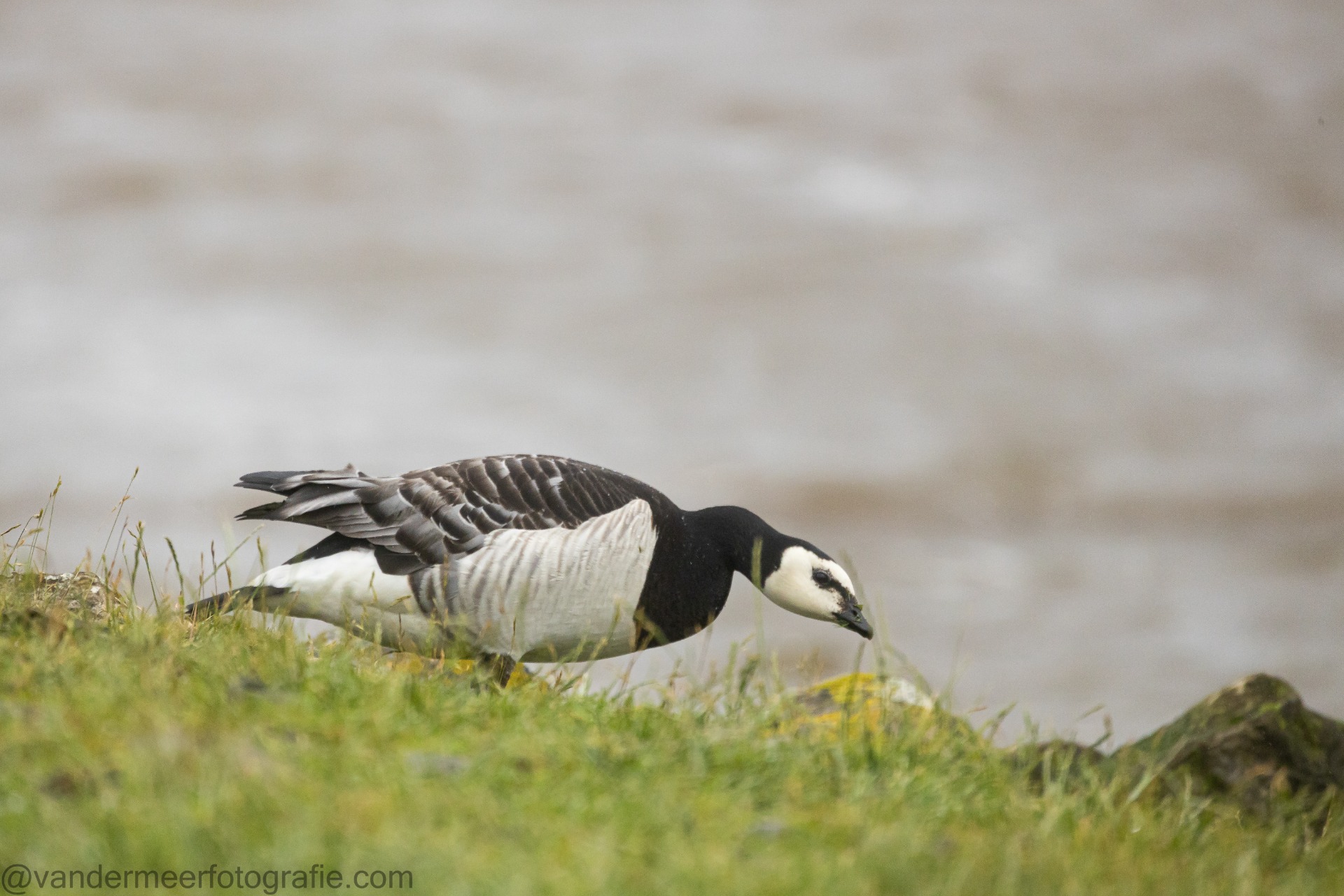
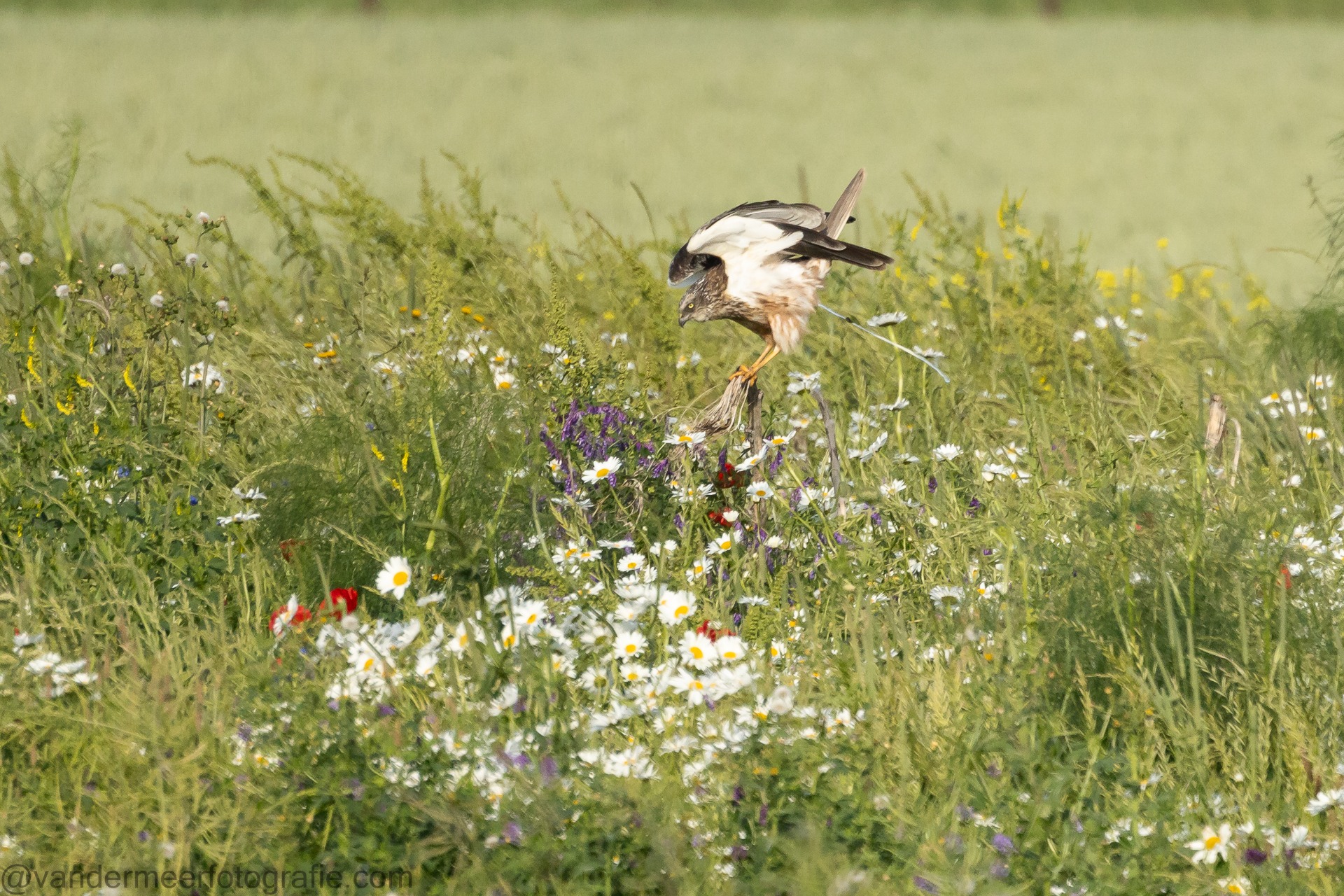

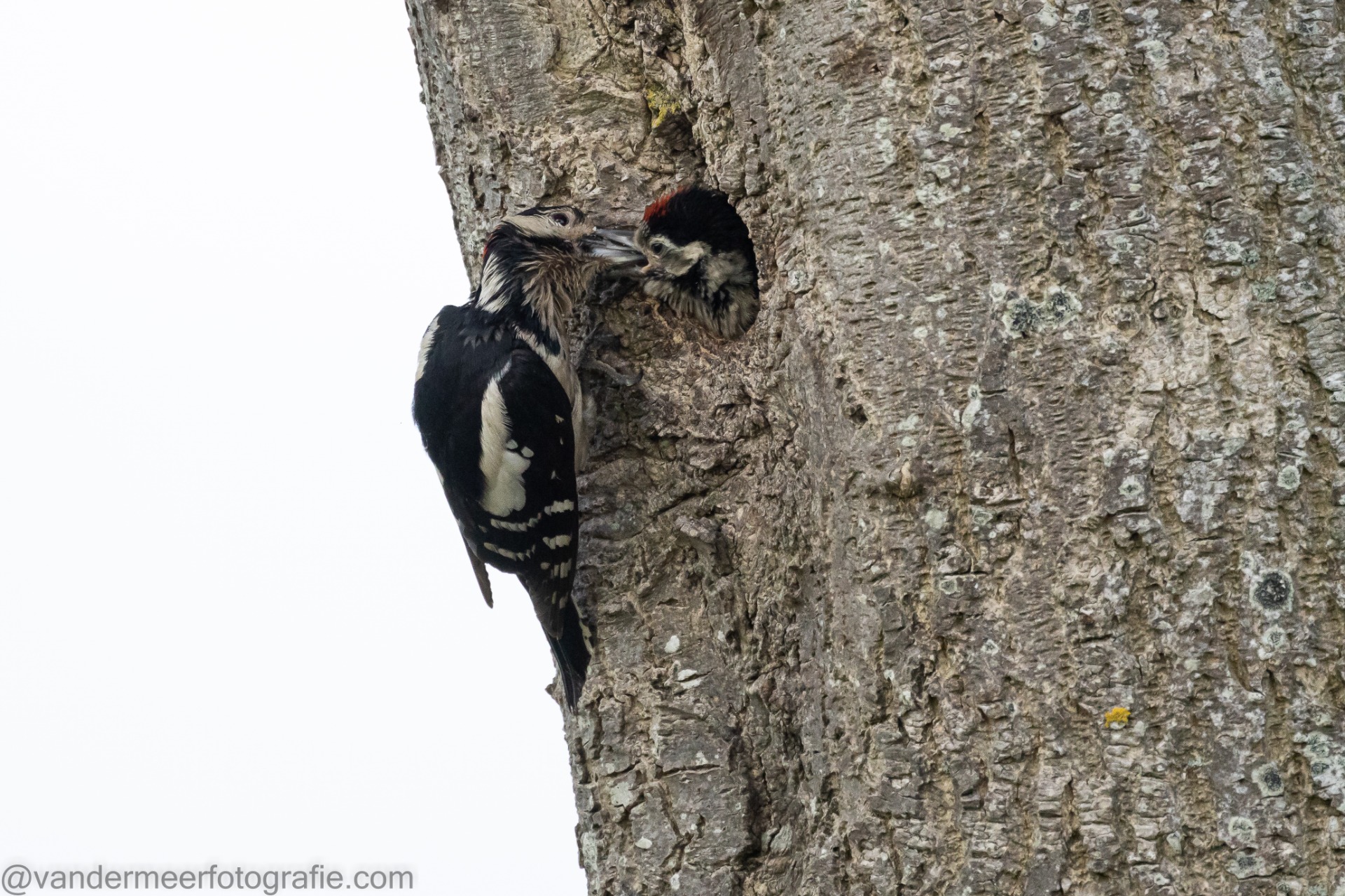
On June 22nd we went south again to the "Zuidlaardermeer". Here on a side arm you can watch the: black-necked grebe (Podiceps nigricollis), white-winged tern (Chlidonias leucopterus), black tern (Chlidonias niger), common tern (Sterna hirundo), various warbler and duck species. The cuckoo (Cuculus canorus) and marsh harriers also flew around nicely. The black-necked grebe was photographed very easily and beautifully, she really played along, and that with her cub.







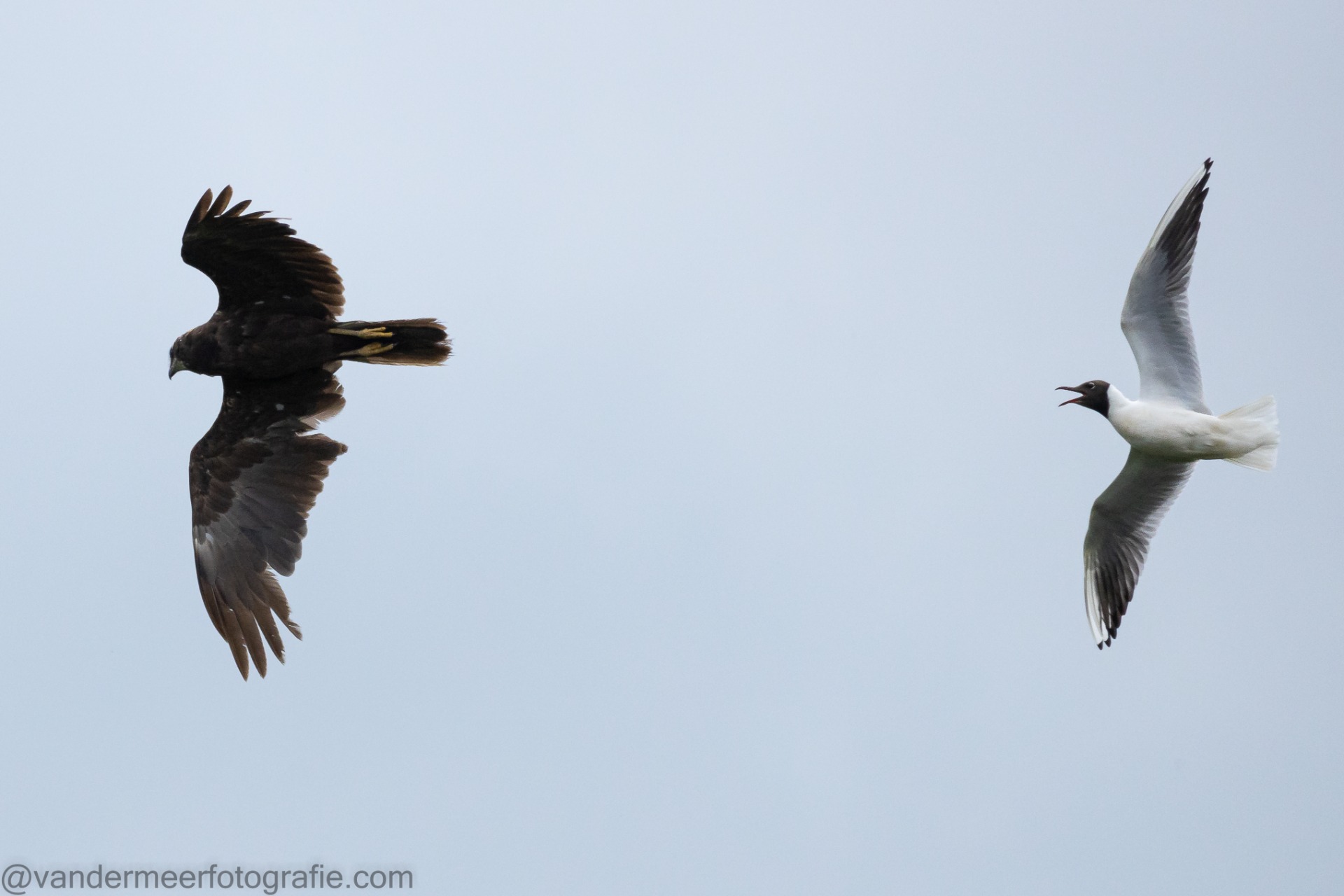
In the afternoon we went to the Weerribben-Wieden Woldlakebos National Park. We only went here to photograph dragonflies. In this 10,000 ha. large park which partly contains bog areas as well as canals there is a large occurrence of dragonflies, butterflies and other insects. Of course there are also all kinds of bird species such as oriole, cuckoo and other passerine birds, but as I said now only for dragonfly photography!

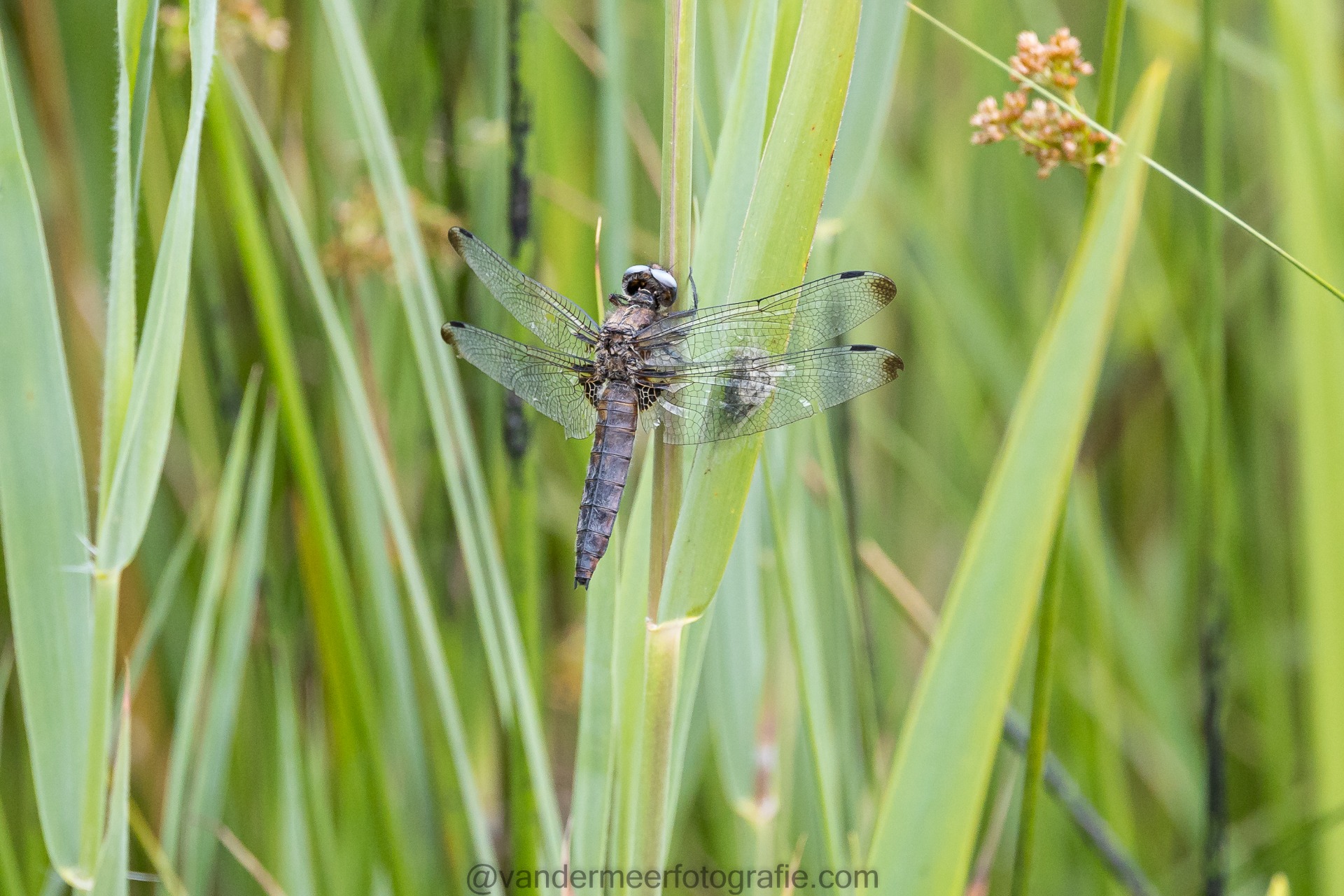






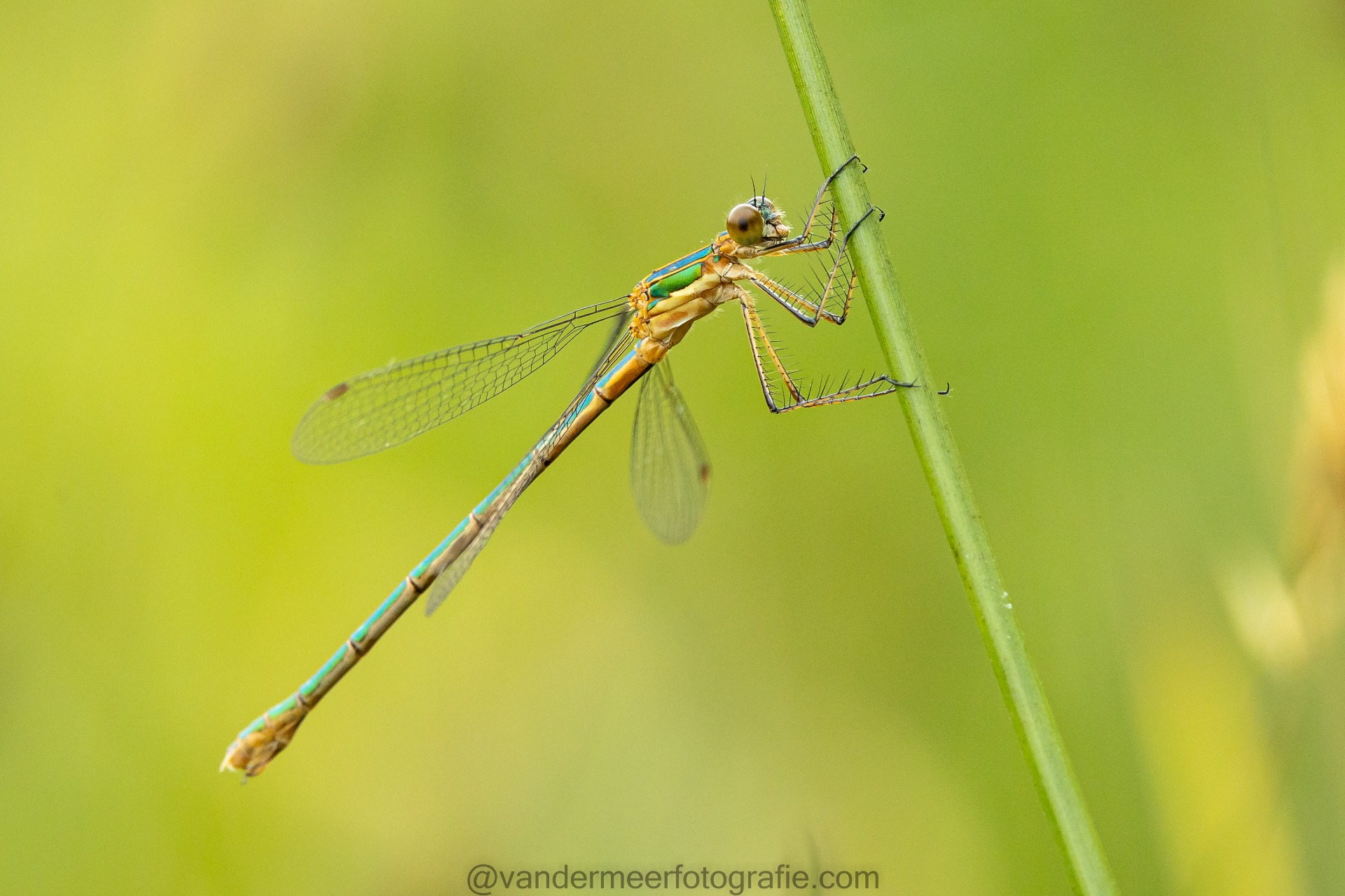
On June 22nd, I went cycling along a river with my brother. This river called the "de Grift" has been implemented in this area over the years many projects for bird and insect protection. The "Binnenvelde Hooilanden" is home to: Bluethroat, kestrel, spoonbill, Canada geese (Branta canadensis), warblers, warbler, common terns and black godwit (Limosa limosa) to name just a few.



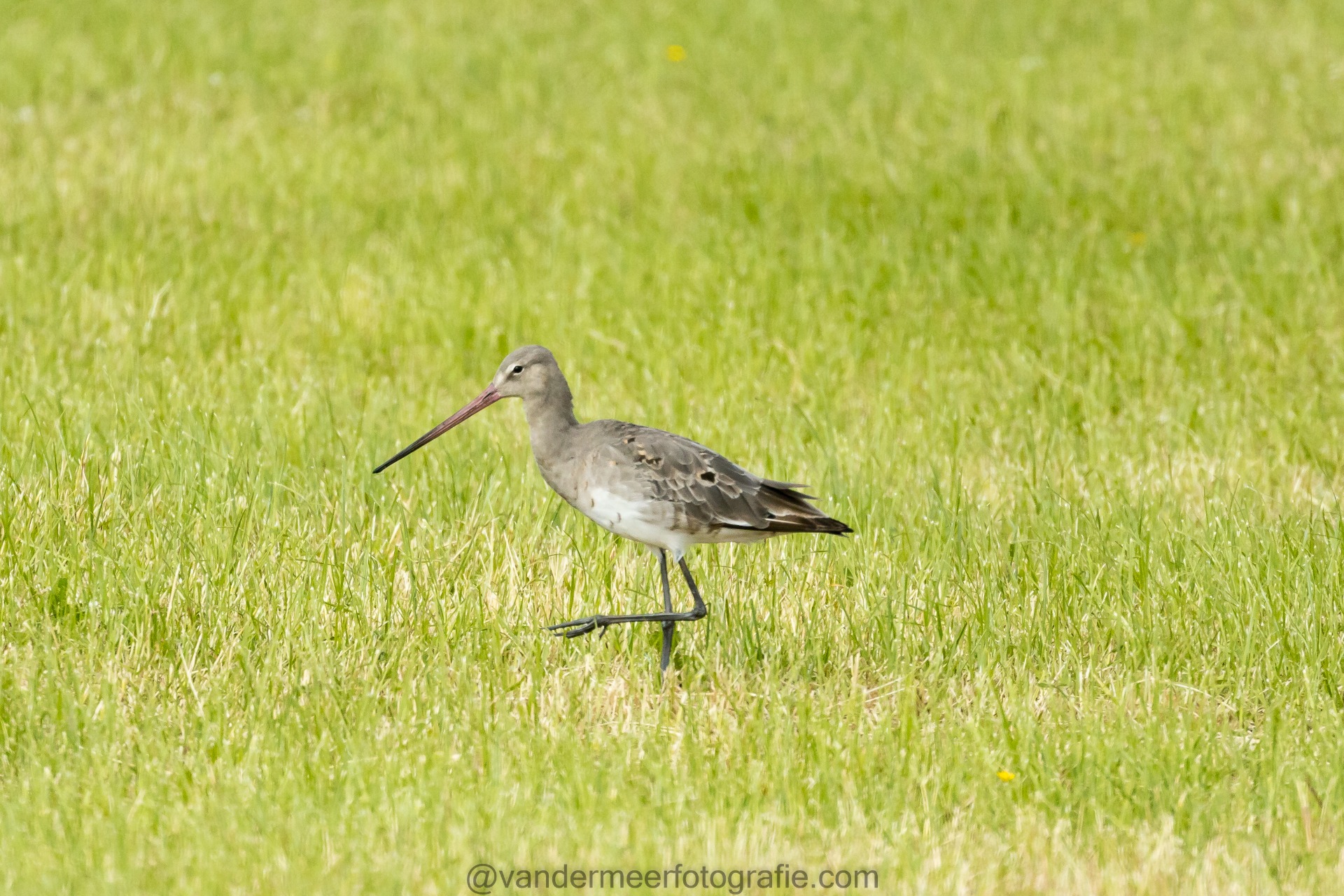
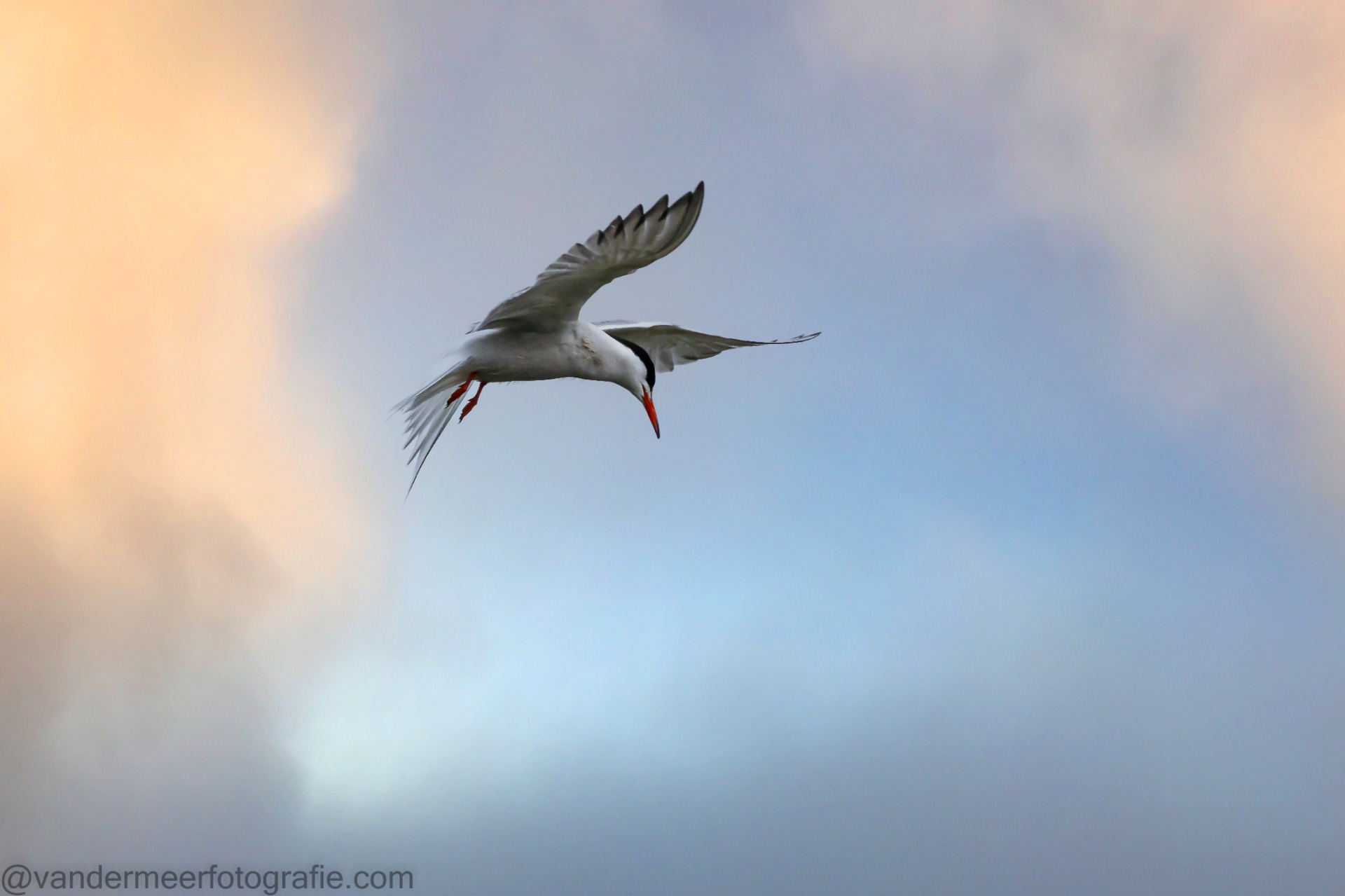






On June 23rd my last day started and in the afternoon I drove to the "Ooijpolder" near Nijmegen. The reed warbler was also reported here. A rare guest was also reported very close by. The Cistus Singer (Cisticola juncidis) Unfortunately, it only showed itself very far away. However, I was lucky enough to take good photos of this kind in Portugal.

